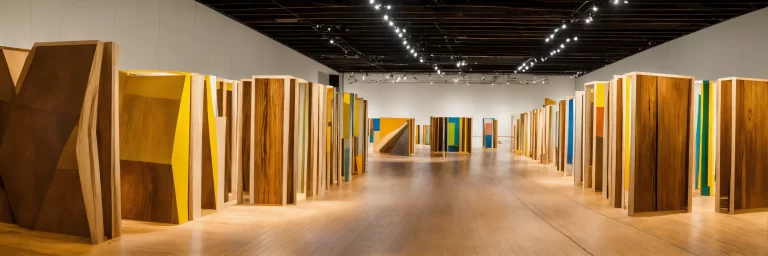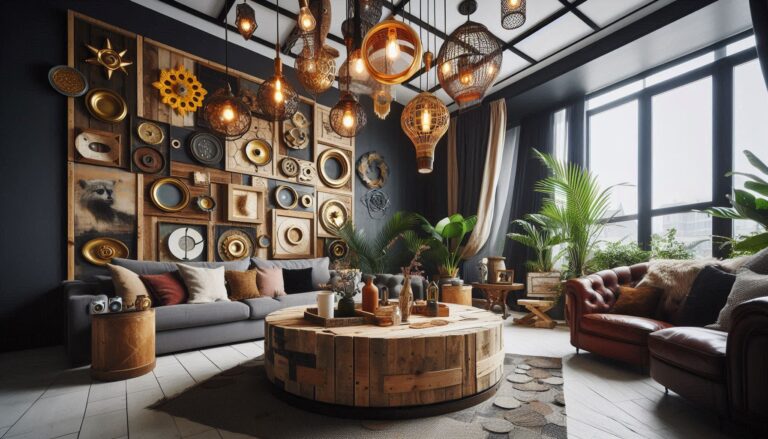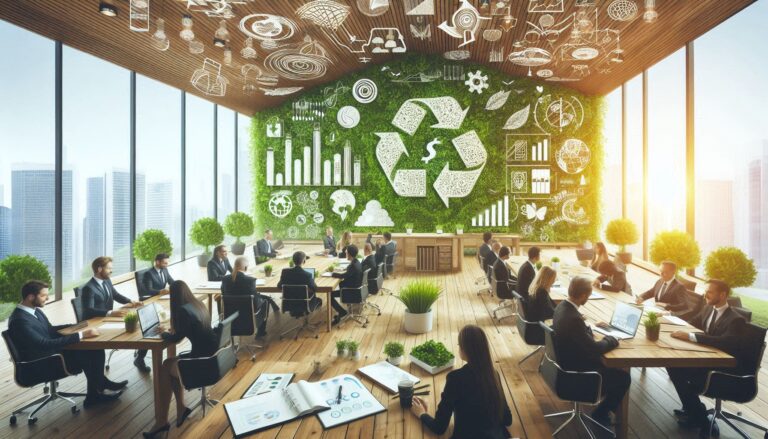Green Building Materials: A Guide to Choosing Eco-Friendly Finishes for Interiors

Choosing the right materials is one of the most important aspects of sustainable interior design. Green building materials are those that have minimal environmental impact, from production to disposal. Here’s a guide to selecting eco-friendly finishes for interiors, helping you create spaces that are as sustainable as they are stylish.
1. Sustainable Wood Products
When choosing wood for your projects, opt for materials that are certified by organizations like the Forest Stewardship Council (FSC). FSC-certified wood comes from responsibly managed forests that adhere to strict environmental and social standards. Additionally, reclaimed wood is an excellent option for interior finishes, as it reduces the need for new lumber and adds a unique character to the space.
2. Natural Stone
Natural stone, like granite, marble, and limestone, is a durable and long-lasting material. While mining stone does have an environmental impact, opting for locally sourced stone or materials with a lower embodied energy can help reduce transportation emissions. For a more sustainable approach, consider using recycled stone or repurposed stone materials, which can significantly reduce waste.
3. Low-VOC Paints and Finishes
Volatile organic compounds (VOCs) are chemicals found in many paints and finishes that can harm indoor air quality. To reduce harmful emissions, choose low-VOC or zero-VOC paints, stains, and finishes. These products provide the same color and finish as traditional options but are safer for both the environment and occupants.
4. Bamboo and Cork
Bamboo is one of the most renewable materials available, as it grows rapidly and can be harvested without damaging the plant. It is an excellent choice for flooring, wall coverings, and furniture. Cork, similarly, is harvested from the bark of cork oak trees without harming the tree, making it a highly sustainable material for flooring, wall coverings, and even acoustic panels.
5. Recycled Materials
Recycled materials can include everything from glass and metal to plastics and textiles. Recycled glass tiles, for instance, are made from post-consumer glass, reducing waste and conserving natural resources. Recycled metals, like aluminum and steel, are also durable and can be used for a range of finishes, including cabinetry, fixtures, and decorative accents.
6. Reclaimed Fabrics
For upholstery and textiles, reclaimed fabrics provide an excellent eco-friendly alternative. These fabrics are made from repurposed materials, including vintage textiles or materials that would otherwise end up in landfills. By using reclaimed fabrics, designers can create beautiful, one-of-a-kind pieces while reducing the demand for new textiles.
7. Green Insulation Materials
Eco-friendly insulation materials such as cellulose, cotton, and cork offer excellent thermal performance and are often made from recycled or renewable sources. These materials help maintain energy efficiency by keeping homes warmer in the winter and cooler in the summer, reducing the need for energy-intensive heating and cooling systems.
Conclusion
Green building materials are the foundation of any sustainable interior design project. By selecting materials that are renewable, recycled, or have low environmental impact, interior designers can help reduce the carbon footprint of their projects and create healthy, eco-friendly spaces that will stand the test of time.






